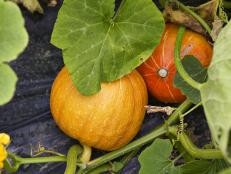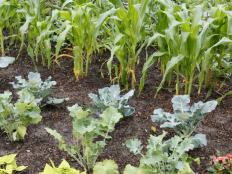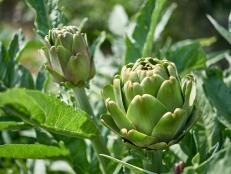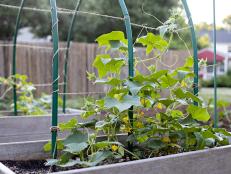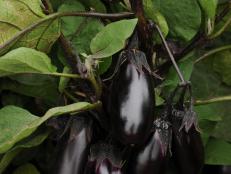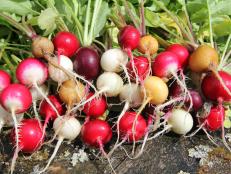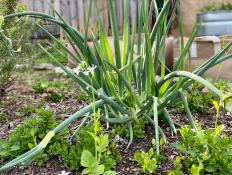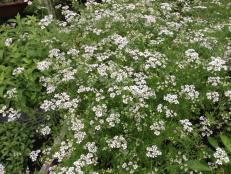Veggies You Can Start From Seed and Veggies You Can’t
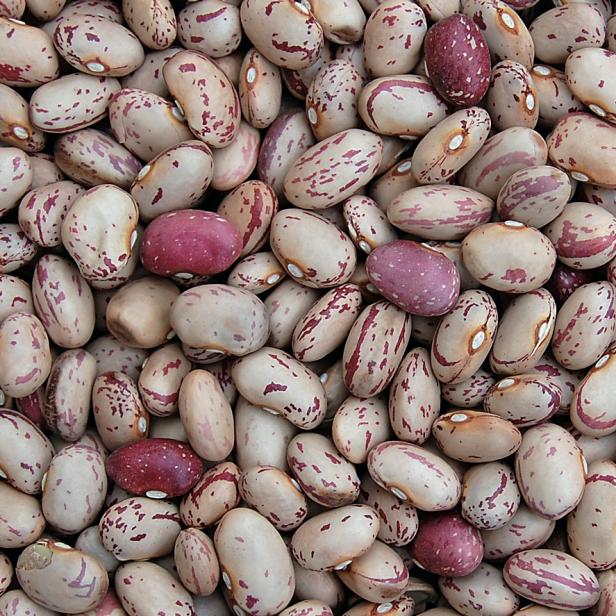
Courtesy of Seed Savers Exchange
Starting From Seed
Virtually any vascular plant can be started from a seed. For the purpose of this article, however, the focus is on what makes direct seeding practical or impractical for producing a home vegetable garden crop.
Climate
First of these considerations is the local climate. Garden vegetables have arisen in climates as varied as the languages of the world. Although any crop may potentially be coaxed to grow nearly anywhere in the world, the length and conditions of the growing season may preclude direct seeding for some crops in some areas. We would not direct sow tomato seeds into a garden bed in most of the U.S. because it would be unlikely that a full crop could be had from that sowing. In this instance growing the crop from seed is easy to do, but the seed must be started indoors ahead of the gardening season and then transplanted into the garden after a certain stage of maturity.
Germination Requirements
Transplanting of seedlings is possibly the most widely used method of overcoming both climate and seed germination obstacles. Other direct seeding considerations that transplanting helps to overcome include sporadic germination over a lengthy amount of time, inconsistent germination, reduction of thinning requirements, and more. Most garden plants, for one or more of these reasons, may be placed in the garden as transplants rather than seeds, without regard to climate, if the goal is to gain greater control over one or more of these issues. Basil, for instance, has tiny, hard coated seeds that take up to three weeks to germinate. Once it begins to grow it is quickly useable, so the climate rarely precludes sowing directly into the garden. The reason that transplanting is often more practical is primarily because it takes three weeks to germinate, a length of time that makes it difficult to maintain soil texture and moisture conditions that are conducive to seed germination. Another difficulty is that the tiny seeds are difficult to sow at an even rate, which means that thinning is required in the garden (which may be unnecessary if seeded indoors), and weeds may encroach as garden sown seeds wait to germinate.
How Plants Grow
Plant biology is another major reason why seeding may not be necessary, or in some cases may not be possible. Asparagus, rhubarb and other perennial vegetable crops, though available in seed form, are often planted as root crowns, also known as divisions. These dormant plants, available in winter or early spring, are one or two years old already, which means harvest can begin within a growing season rather than waiting for the plant to mature for two or three years before you may reap the benefits.
Tuberous plants, such as potatoes and sweet potatoes, are also grown from tissue rather than seeds. “Seed potatoes” are not seeds at all, but actually just old potatoes which have sprouted “eyes.” Potato eyes are where the new potato plant originates. In the case of sweet potatoes, many of us have to sprout the eyes to make “slips” or baby sweet potato plants, because of the relatively short length of our growing season compared to that subtropical climate where sweet potatoes originated. Few circumstances make direct sowing of seeds into the garden imperative, but there is at least one. Tap rooted vegetables, like carrots, parsnips, beets and turnips, may perform best if sown directly into their garden locations. Transplanting these plants creates undue risk to the roots themselves, which can result in deformed roots or crop failure.
The Convenience Factor
Possibly the greatest issue regarding whether to direct sow or transplant, is the convenience factor. When seeds are simply not available, the decision is made: purchase transplants, root crowns, onion sets, seed potatoes or other “tissue” starters. When you buy seeds, first start indoors those which you must. If your garden requires a high degree of control you may start nearly everything indoors. If indoor space is limited, or you have a more casual approach to your garden, you may direct seed a very high percentage of your crops. The good news is that most of the research has been done. Follow the directions on your seed packs for timing of seedings for outdoor plantings or to grow transplants indoors.








